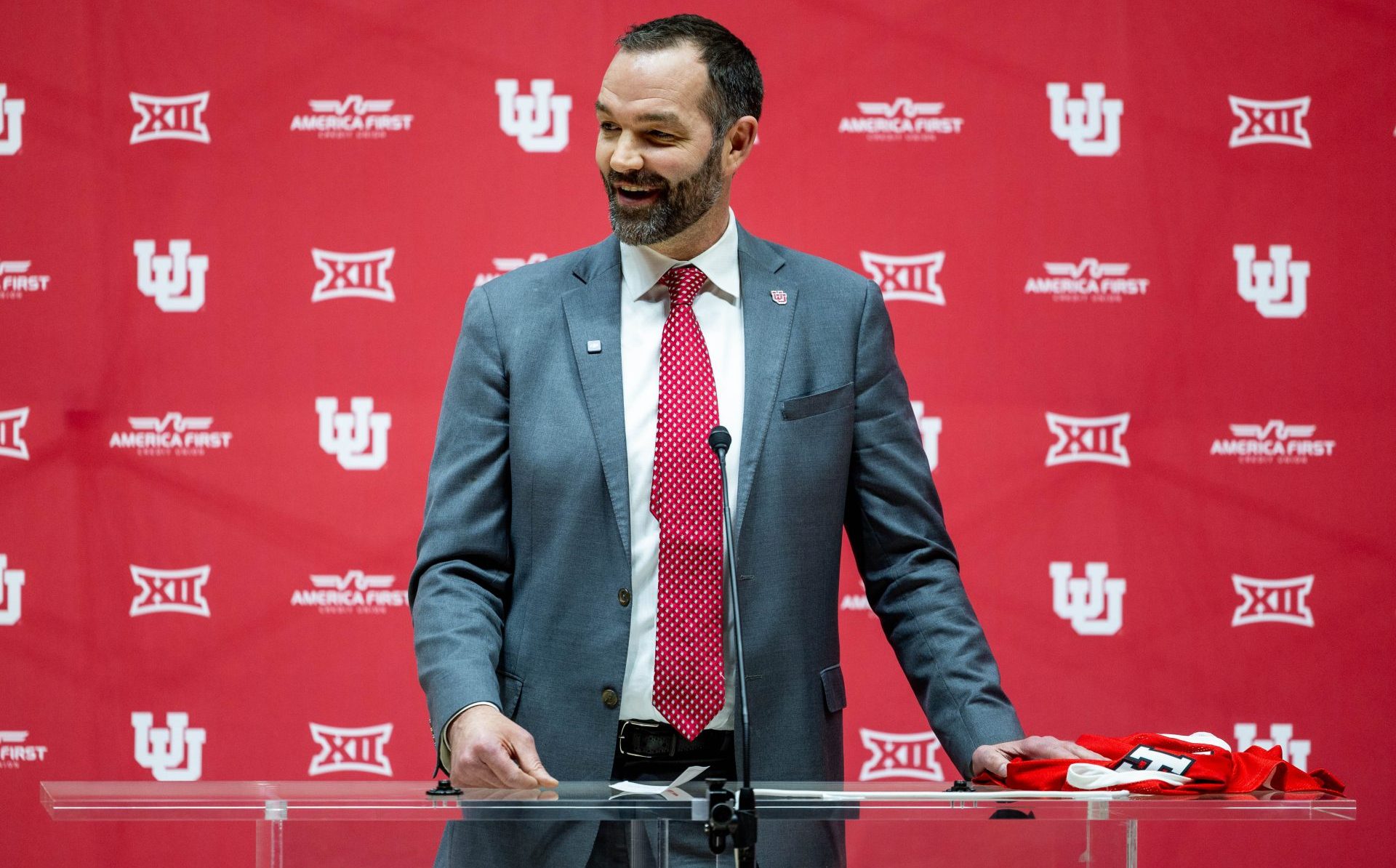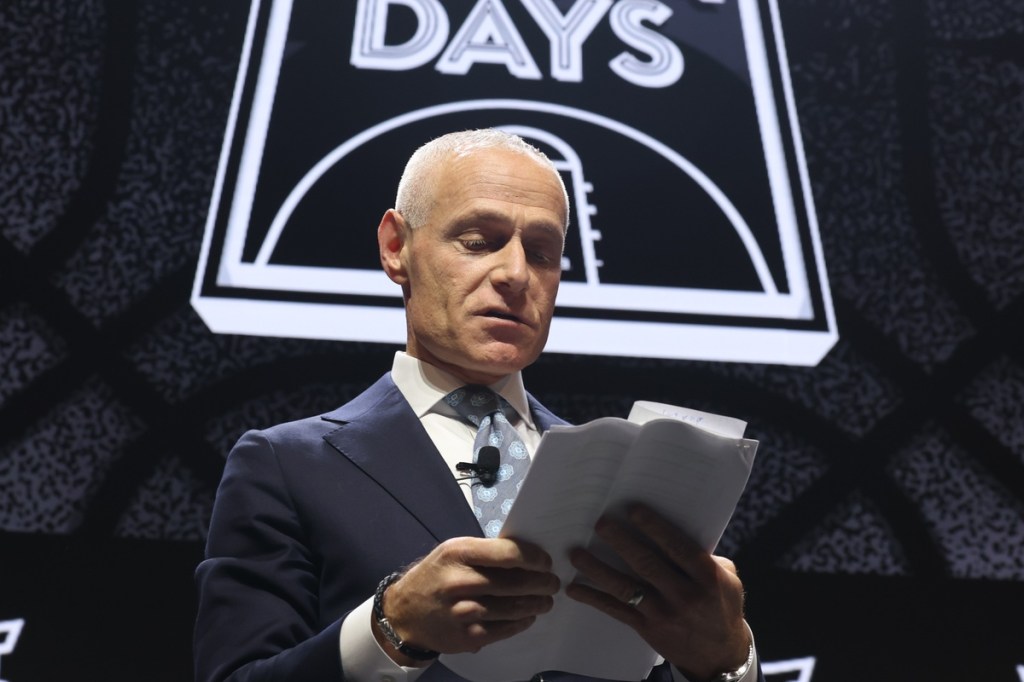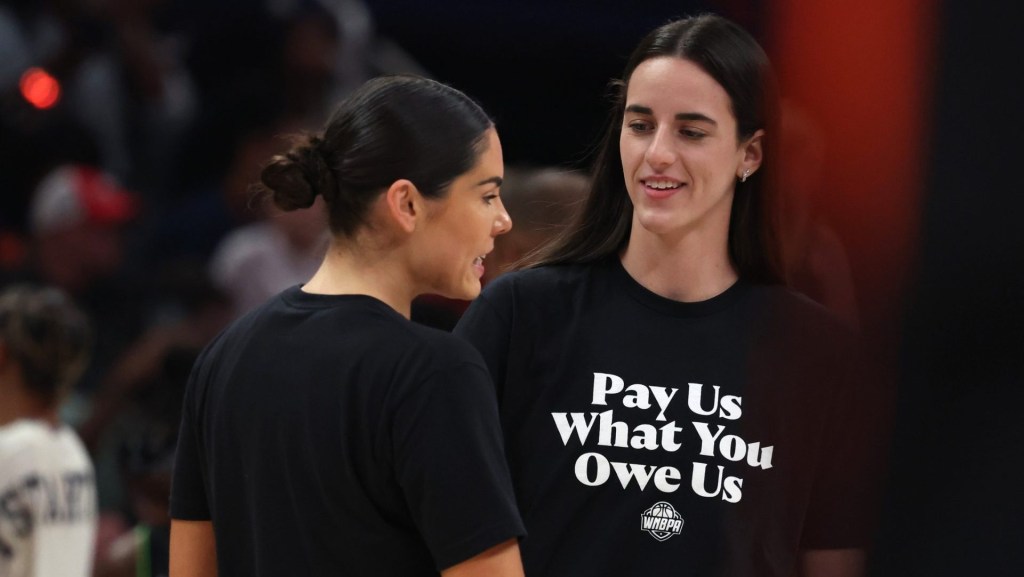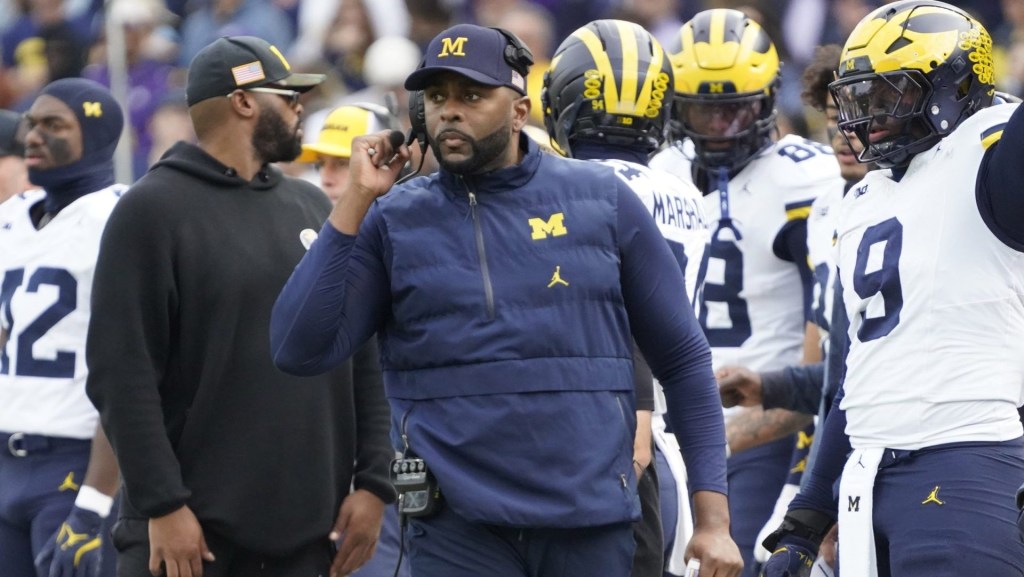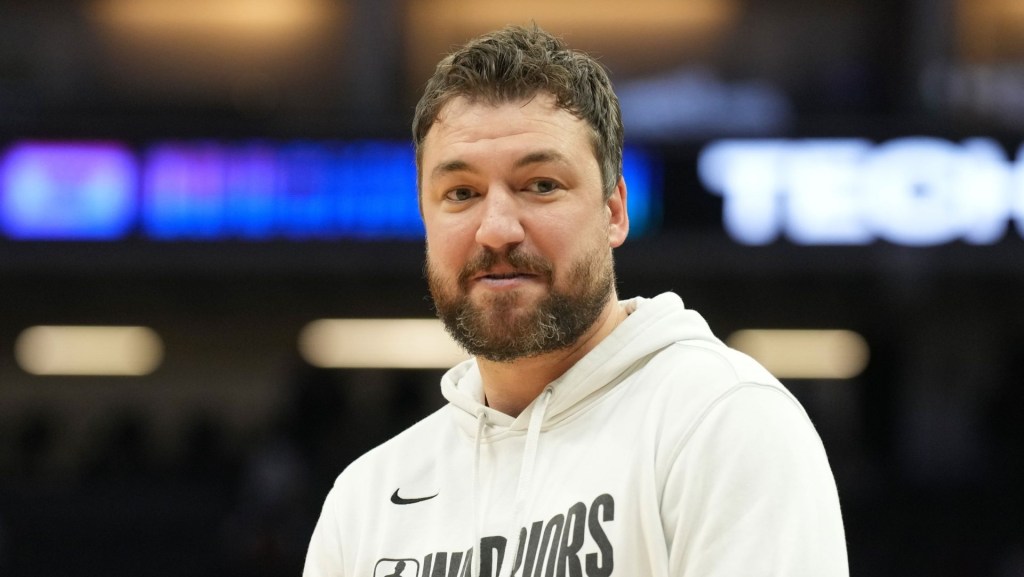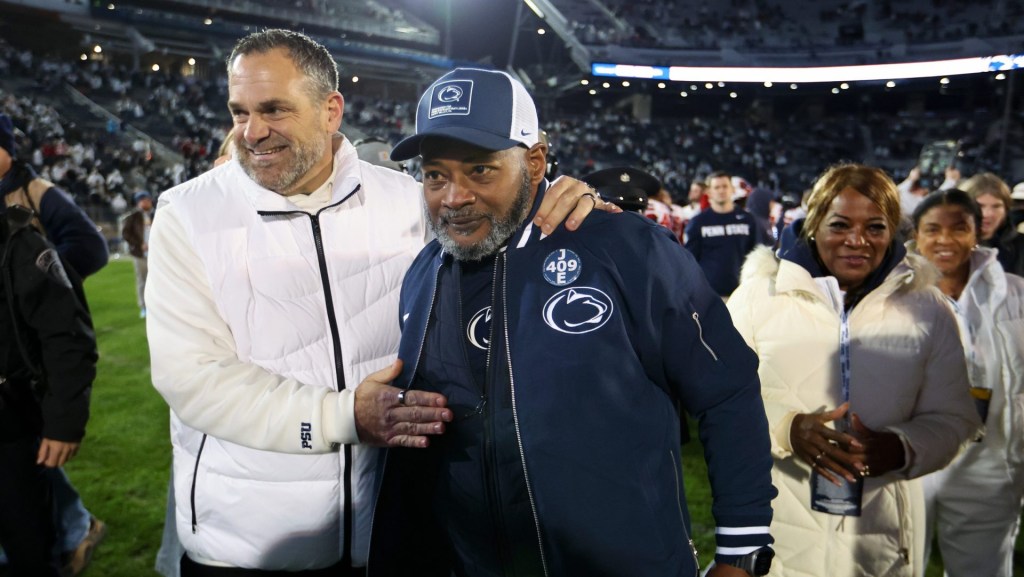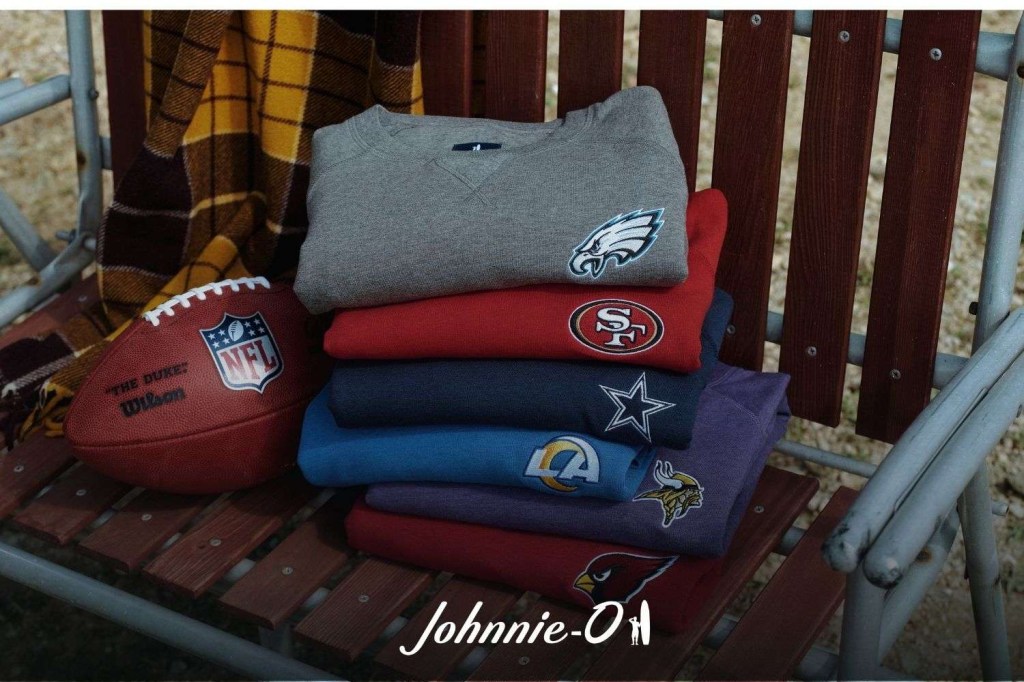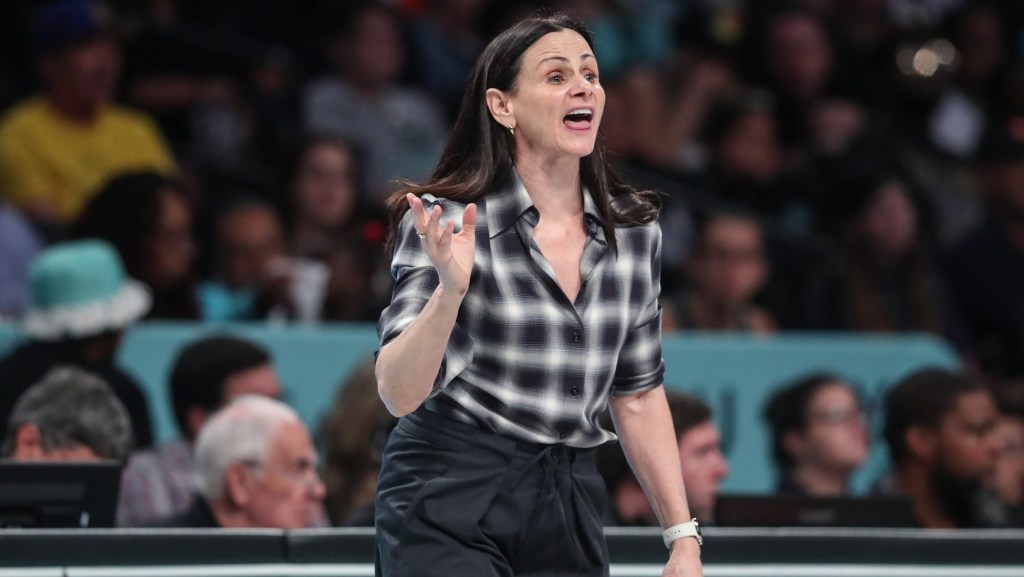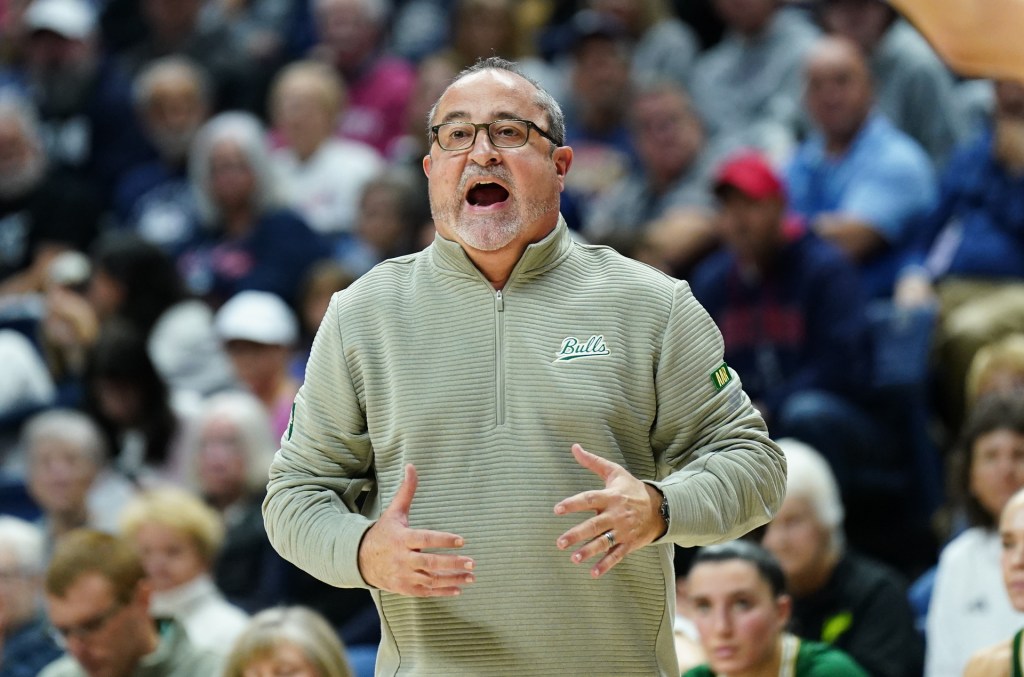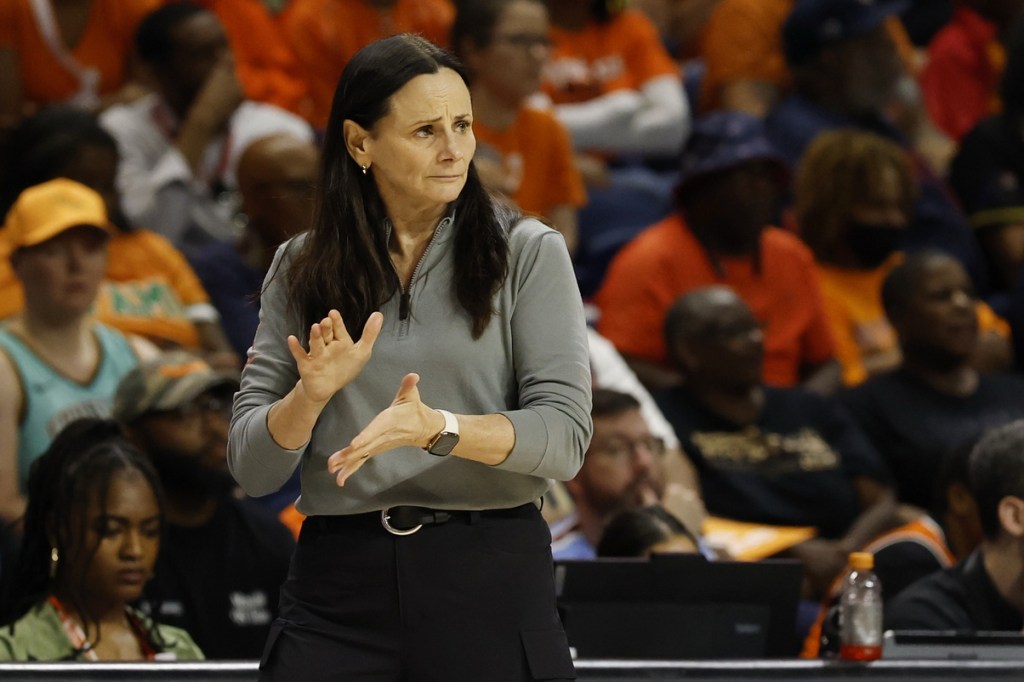On March 6, the University of Utah announced its next head coach would be Mavericks assistant Alex Jensen, who played for the Utes in the late ’90s.
A day later, the Mavs hosted the Grizzlies, and Jensen was on the bench helping head coach Jason Kidd find ways to stop Ja Morant—and help the team move forward after the stunning Luka Dončić trade and injuries to Anthony Davis and Kyrie Irving.
Jensen told Front Office Sports he was “pretty adamant” about finishing the season with the Mavericks. “When I took the [Utah] job we were kind of in a tough spot and it was the right thing to do even though I knew it would kind of slow me down getting started in Utah.”
The setup was a coaching rarity: In an industry where most coaches have their bags packed before their new gig becomes official, Jensen worked both jobs for roughly six weeks.
More and more NBA coaches are defecting to a college landscape that looks increasingly like the pros, as NIL (name, image, and likeness) and the transfer portal create more player movement than before. That sometimes leads to a short overlap. When BYU hired Kevin Young off the Phoenix Suns staff in April 2024, he stayed with the team through the playoffs, but his double duties lasted less than two weeks.
Jensen’s workload meant building a staff and roster at Utah while coaching in Dallas for nearly two months—though it came with unique recruiting advantages. College coaches regularly sell recruits on helping them get to the NBA. Jensen was pitching them while working with NBA players. And while he hadn’t coached in college in 14 years, he was able to lean on NBA personnel to help him both evaluate and land players.
Plus, when Jensen took the job, he got lists of players from multiple NBA scouts advising him who to target in the portal. “The pools are a lot bigger than, say, the draft pool or the free-agency pool in the NBA,” Jensen joked of the list.
A Utah native, Jensen played professionally in Europe before getting hired as an assistant in 2007 at Saint Louis by Rick Majerus, his college coach. He later spent two years as head coach of the Charge—Cleveland’s D-League affiliate—and 10 years as a Jazz assistant. He joined Kidd’s staff in 2023 and was part of the Mavs’ 2024 Finals run.
Jensen’s first hire at Utah was GM Wes Wilcox, the former Kings assistant GM. The two worked in the Cavaliers organization together and are so close that Wilcox had the green light to do what he needed without constant contact.
“I can go to a new team tomorrow and Al could be the coach, and Al could have no influence on the roster that I constructed for that new team,” Wilcox tells FOS. “And if he showed up to coach that team, he would like the values and makeup of that roster.”
The Utes signed Auburn transfer Jahki Howard as one of 10 new roster additions after multiple NBA scouts and front office personnel sold Jensen and Wilcox on his potential.
“The more information I got from my NBA friends on Jahki, the more excited I became,” Wilcox says. “And the more focused we became on trying to get him committed.”
Jensen also enlisted help from those around him in Dallas. Mavericks assistant coach God Shammgod, a New York City native, helped Jensen sign two players from the Bronx in Syracuse transfer Elijah Moore and Iowa’s Seydou Traore.
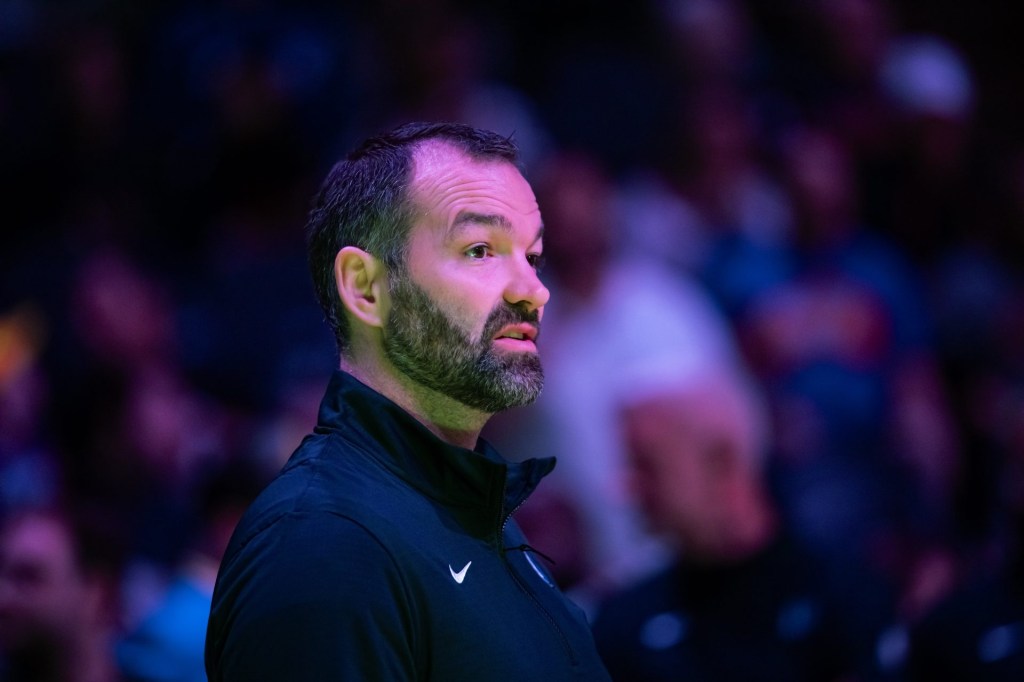
To execute both jobs, Jensen developed a daily routine. In the morning, he would devote his time to Utah, taking calls for his staff and roster from his house before heading to the Mavericks’ facilities. Then he worked out Dallas players, watched film, scouted opponents, and attended meetings. After that, he would return to making calls for the Utes.
Jensen said it occasionally helped to have a foot in both worlds. “There were times we were hurt in Dallas and didn’t have depth at the point guard position, and after the game, I’d say, ‘We need a point guard [in Utah],’” Jensen tells FOS. “So, in a weird way, the two kind of helped each other.”
The Mavericks were aware of his situation with Utah but never saw it affect him.
“He was constantly on the phone,” Mavericks assistant Sean Sweeney told FOS. “The players that he worked with on a daily basis were not getting shortchanged whatsoever. It speaks to why he’s going to do really well in Utah. That’s who he is.”
But Jensen’s situation came with hurdles, too. Wilcox said there were minor communication issues. The staff had to coordinate calls around Jensen’s schedule, knowing he was unavailable during Mavericks games, practices, and shootaround. Between his introductory press conference and the end of the Mavs’ season, Jensen was in Salt Lake City just one other time, for no more than a couple of days.
The other major obstacle was learning the rules of college recruiting while keeping up with the lightning-quick transfer portal. Jensen said the Utes missed out on multiple players due to his situation, though the insight was valuable.
“In the NBA, there’s a lot of analytics with production, and in college, it’s just a ton of money,” Jensen says. “I didn’t want to go after a kid where it’s a bidding war and that’s the reason he comes. You want to sell the kid on that we’re gonna do it the right way, and there was a specific kid we kind of targeted. I didn’t want to be in a rush.”
The Mavericks’ season ended in the play-in tournament in mid-April, which was bittersweet for Jensen. “I wasn’t being fired, so I felt bad that I was leaving them,” he says. “It allowed me to move on and do more stuff with Utah, but I wish the season had gone longer.”
Next season Jensen will begin his sole job, making Utah an NCAA tournament mainstay like it was during his playing days. While Jensen said working both jobs slowed him down, perhaps the assists he got from the Mavericks will help accelerate the rebuild.
